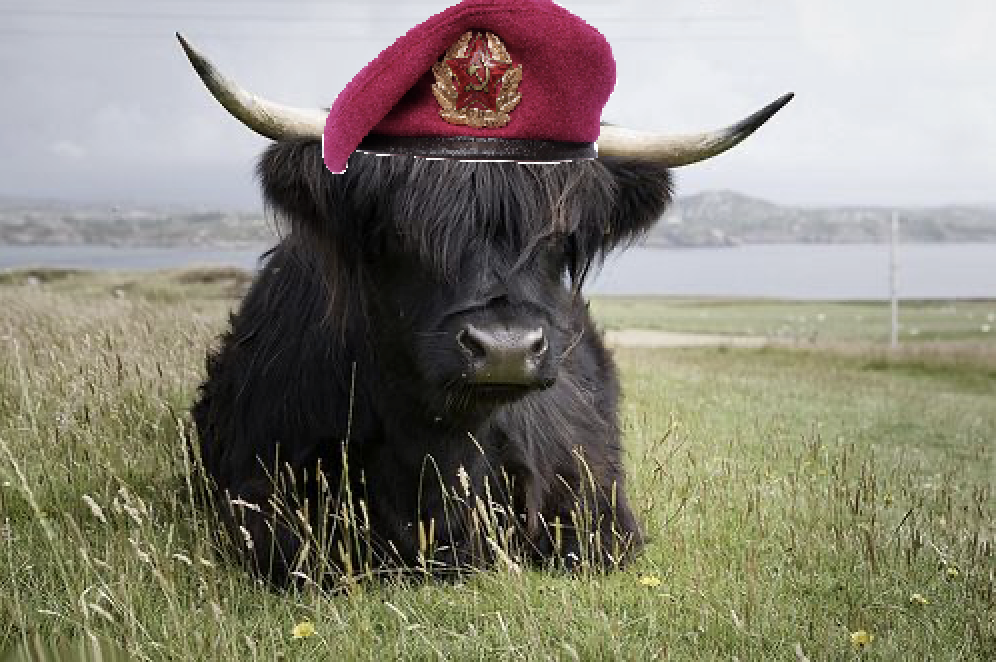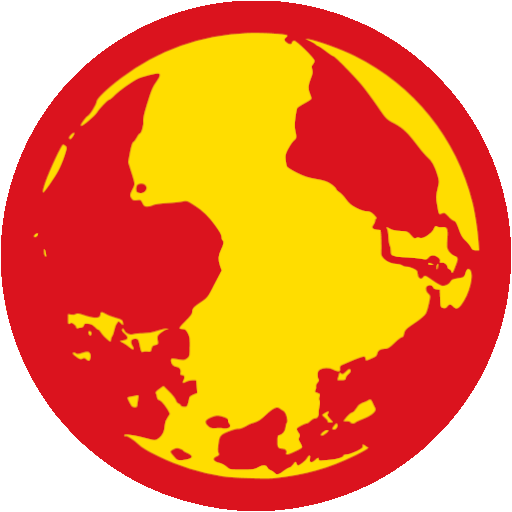Madagascar protesters have been angered by widespread poverty and the failure of authorities to provide reliable supplies of water and electricity.
Antananarivo, Madagascar: Madagascar President Andry Rajoelina fired the prime minister and the rest of his government Monday in response to days of deadly Gen Z-led protests in the Indian Ocean island over the failure of the electricity and water supplies.
Rajoelina said in a speech on national television that Prime Minister Christian Ntsay and other government officials would stay on an interim basis until a new government is formed. He invited applications for government positions and gave a three-day time frame to review proposals for a new prime minister.
“Your demands have been heard, and I apologize if there are members of the government who have not done the work that the people expected,” Rajoelina said.
The protesters had called for the resignation of both Ntsay and Rajoelina, but Rajoelina gave no indication that he would step down.
The protests against chronic electricity and water cuts began on Thursday and drew thousands onto the streets, prompting the government to order nighttime curfews in the capital, Antananarivo, and other major cities. The demonstrations gathered momentum on social media and have mirrored recent youth-led anti-government protests in Nepal and Kenya.
The United Nations human rights office said earlier Monday that 22 people had been killed in clashes surrounding the protests. The UN agency blamed a “violent response” by security forces. More than 100 people also have been injured in the protests, the agency said.
Protesters and bystanders were killed by security forces, but some of the deaths also came in violence and looting by gangs not associated with the protesters, the UN rights office said in a statement.
UN high commissioner for human rights Volker Turk was shocked “at the violent response by security forces to the ongoing protests in Madagascar,” the UN rights office said. It said the protests began peacefully on Thursday, “but the security forces intervened with unnecessary force, lobbing tear gas and beating and arresting protesters. Some officers also used live ammunition.”
Madagascar Foreign Minister Rasata Rafaravavitafika disputed the UN’s death count in a statement, saying “the government strongly denies” that 22 people had died. Yet Madagascar authorities have not given any figures of their own for how many people died or were injured.
Rajoelina said that he sympathized with anyone who had lost a loved one in the protests but also didn’t offer a death count on Monday.
Thousands of protesters had returned to the streets in Antananarivo and other cities earlier on Monday, prompting security forces to again fire tear gas at the crowds.
Over the last five days, protesters have barricaded roads with burning tires and rocks, while several stations for Antananarivo’s new cable car public transport system were set on fire. Local media reported that the homes of some politicians known to be close to Rajoelina were attacked by protesters.
The government has imposed a nighttime curfew in Antananarivo since Thursday and in other major cities since Friday.
Madagascar is a large island of 31 million people off the east coast of Africa. Protesters have been angered by widespread poverty as well as the failure of authorities to provide reliable supplies of water and electricity. The World Bank has recorded a sharp rise in poverty levels in urban areas in Madagascar in recent years.
Protesters have been carrying flags or wearing T-shirts with a cartoon skull and bones image from the Japanese anime TV series “One Piece” that was used by anti-government protesters in Nepal and parts of Southeast Asia recently. The Madagascan protesters carried placards reading “Justice for Madagascar,” “Leo” — which means “we’re fed up” — and “We want to live, not just survive.”
Rajoelina, 51, has been president since 2019 and was previously the leader of a provisional government following a 2009 coup. He was reelected in 2023 in a vote that was boycotted by most opposition candidates.
Color revolution or genuine progress?
Even when something starts out as an organic movement, unless there’s a well prepared vanguard and a class conscious proletariat, you can expect agents of the bourgeoisie to derail/diffuse or co-opt the revolutionary energy. There’s nothing that scares them more than the prospect of a genuine revolution.
Sadly, it is difficult to make an educated guess due to the limited information there is. However, I do have a theory:
Nepal’s color revolution is the spark that is currently triggering plenty of social uprising around the world. This will likely produce genuine revolutions as well as some duds or color revolutions.
While discussing this with some other comrades, we got to the conclusion that may be similar to what happened with Napoleon and Bolivar. As context, Napoleon’s revolution was entirely opportunistic, but it inspired independence movements in Latin America.
I’m thinking about that flag, although it’s possible people not familiar with it being a symbol of color revos adopt it in his faith. Still, I reserve judgement.




